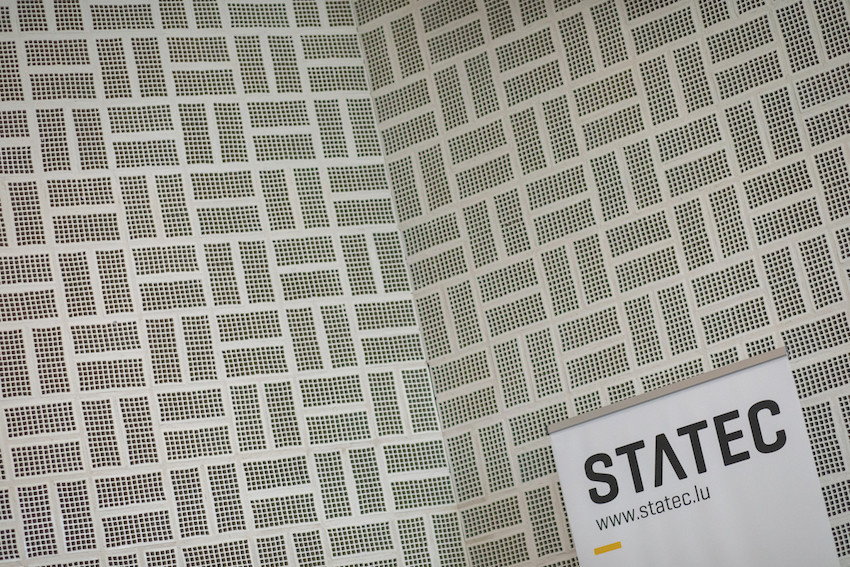A recent report from Statec, the national statistics bureau, looked at “corporate liquidity as part of the assessment of the economic impact of the covid-19 crisis.”
“In an extreme context, where companies experience a drying-up of incoming cash flows, the level of available liquidity becomes a critical factor for survival,” Statec said.
The report examined the “defensive interval ratio” of Luxembourg-registered enterprises in each economic sector. Statec used company balance sheets that were submitted in 2019, so these numbers are based on the previous year’s accounts.
Median defensive interval ratio of companies by sector, 2018 (figures rounded):
- Extractive industries, energy, water and waste management: 8.1 months
- Other financial services and activities auxiliary to financial services and insurance: 7.1 months
- Real estate: 6.8 months
- Specialist, scientific and technical services: 6.1 months
- ICT services, except retail sales and repair: 5.8 months
- Administrative and support services: 5.7 months
- Information services: 4.9 months
- Building construction and civil engineering: 4.4 months
- Medium and high technology manufacturing: 3.9 months
- Wholesaling: 3.8 months
- Logistics-related transport services: 3.7 months
- Education (private): 3.5 months
- Specialist construction works: 3.4 months
- Other transport services: 3.3 months
- Human health and social services: 2.9 months
- Arts, entertainment and recreational activities: 2.8 months
- Low technology manufacturing: 2.7 months
- Lodging: 2.2 months
- Motor vehicle sales and repair: 1.7 months
- Retail trade: 1.6 months
- Other services: 1.4 months
- Catering and food service: 1.1 months
According to Statec:
“The ‘defensive interval ratio’ is relevant for establishing the level of liquidity in an extreme context. It measures the period during which a company can continue to operate without drawing on fixed assets and without resorting to additional external financing resources. The higher the ‘defensive interval’, the longer the time that companies can meet their operating expenses.”
Statec explained that:
“The defensive interval is the ratio between liquid assets and average daily operating expenses.... Liquid assets include short-term positive cash flow and non-financial receivables, net of short-term negative cash flow. Gross operating expenses include purchases of goods and services and staff costs.”
The data came from 20,238 company accounts that were filed with Statec’s Central Balance Sheet Unit (Centrale des Bilans) in 2019.
